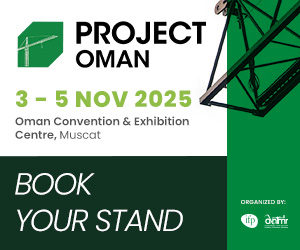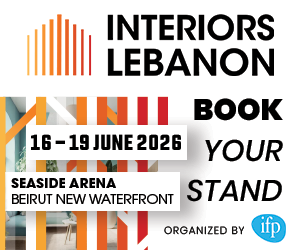Just weeks after its official release on April 28, 2025, LEED v5 is already proving to be far more than a routine update—it signals a fundamental transformation in the way we approach sustainable building.
Over the past decade, the drive for lower carbon footprints, greater energy efficiency, and reduced waste has been shaped by evolving building codes, ESG commitments, and climate policies. But LEED v5 sets a new benchmark. It’s not about marginal gains—it’s a bold shift toward real-world performance, pushing beyond theoretical compliance.
LEED v5 arrives as a much-needed catalyst, urging designers, engineers, suppliers, and operators to collaborate more closely than ever to deliver buildings that are healthy, efficient, resilient, and future-ready.
A New Era of Verified Performance
At its heart, LEED v5 represents a shift from design intent to proven operational outcomes. In previous iterations, certification often hinged on simulations and projected efficiencies. Today, actual performance—measured through post-occupancy data—is required.
For MEP professionals, this is a paradigm shift. Our responsibilities can no longer end at design or project handover. We must now ensure that systems—from HVAC to lighting, water, and energy management—continue to perform optimally throughout the building’s lifecycle.
One of the most transformative changes in LEED v5 is its focus on digital integration. The new version emphasizes robust commissioning, detailed maintenance strategies, and seamless system-level coordination. As someone experienced in both new builds and retrofits, I see this evolution as a validation of long-held principles—chief among them, that sustainability must be integrated across the building lifecycle and treated as a tangible deliverable, not just a design aspiration.
Embracing Whole Life Carbon Accountability
Perhaps most significantly, LEED v5 brings whole life carbon to the forefront—encompassing both operational and embodied emissions. While our industry has traditionally focused on energy use and operating costs, this version demands closer scrutiny of the carbon impact embedded in materials, equipment, and construction processes.
LEED v5 signals a decisive moment for the built environment in the Middle East. It demands deeper accountability, smarter collaboration, and a long-term view—transforming sustainability from an ideal into an expectation.
Source: mepmiddleeast.com
















































































